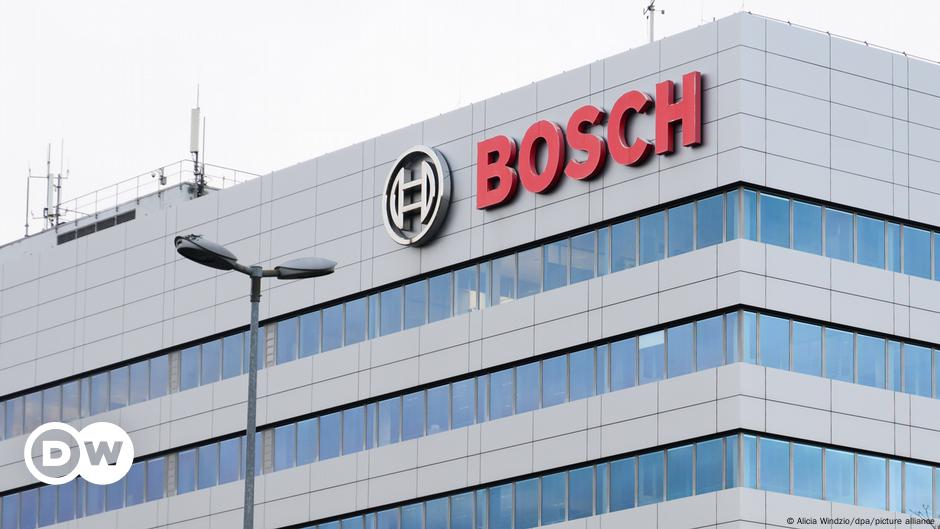World
World’s 1st high-temperature superconducting tokamak built in China

Energy Singularity, a China-based fusion energy company, has set a record by building the world’s first high-temperature superconducting tokamak device.
Dubbed ‘HH70,’ the device is located in the eastern region of Shanghai. It marks China’s foray into the fusion-based clean energy market.
The recent rise of wind and solar projects around the world is aimed at helping countries move away from fossil fuels and towards cleaner energy. However, both these energy sources face intermittency issues and cannot be switched on at will, continuing our reliance on fossil fuels.
Fission-based nuclear power is the only non-carbon-emitting energy source known to man that can be controlled. However, the technology faces stiff opposition over operational safety concerns and tremendous amounts of waste fuel generated. This is where nuclear fusion can help.
The power of tokamaks
Under the extremely high temperatures of nuclear fusion reactions, hydrogen atoms fuse to become helium and release large amounts of energy as a byproduct.
This reaction occurs on the Sun, and scientists have been working to replicate it here on Earth by creating a plasma soup of positively charged hydrogen ions and electrons.
A tokamak is a donut-shaped vessel that can help contain the plasma so its temperature can be raised to replicate the conditions of the Sun. This is why they are also referred to as “artificial suns.”
The device achieves this by creating magnetic fields that help contain the particles within the plasma.
Using the technology, scientists have generated a net energy gain from nuclear fusion reactions in recent years. However, tokamaks are conventionally large machines and expensive to build.
This notion is precisely what Energy Singularity aims to break with the HH70.
What do we know about the HH70?
According to a CGTN report, the HH70 is smaller and cheaper. The tokamak uses a magnetic system made from high-temperature superconducting (HTS) material, commonly known as REBCO.
REBCO stands for Rare Earth Barium Copper Oxide, which can be produced at a large scale and is hence cheaper to procure. Thus, Energy Singularity can make its tokamaks much cheaper.
Additionally, the company claims that the material allows it to make its tokamaks at only two percent of the volume of conventional tokamaks. Reducing the size and price of tokamaks is ideal for making the technology commercial, with the only hurdle being the net output from the reaction.
The performance of fusion reactors is measured using the Q value, a ratio of the energy generated by the reaction to the input energy required to sustain the reaction. Currently, the highest Q value obtained from a tokamak is 1.53.
Energy Singularity aims to build tokamaks with a Q value of 10. The company plans to build a next-generation tokamak by 2027 and complete its technology demonstrator at the end of the decade.
Making its operational debut this week, Energy Singularity also signals China’s foray into fusion energy, an emerging area in the clean energy sector.
The company’s achievement is commendable since it began its journey only in 2021, and it already has a tokamak with commercialization potential in the pipeline.
ABOUT THE EDITOR
Ameya Paleja Ameya is a science writer based in Hyderabad, India. A Molecular Biologist at heart, he traded the micropipette to write about science during the pandemic and does not want to go back. He likes to write about genetics, microbes, technology, and public policy.









